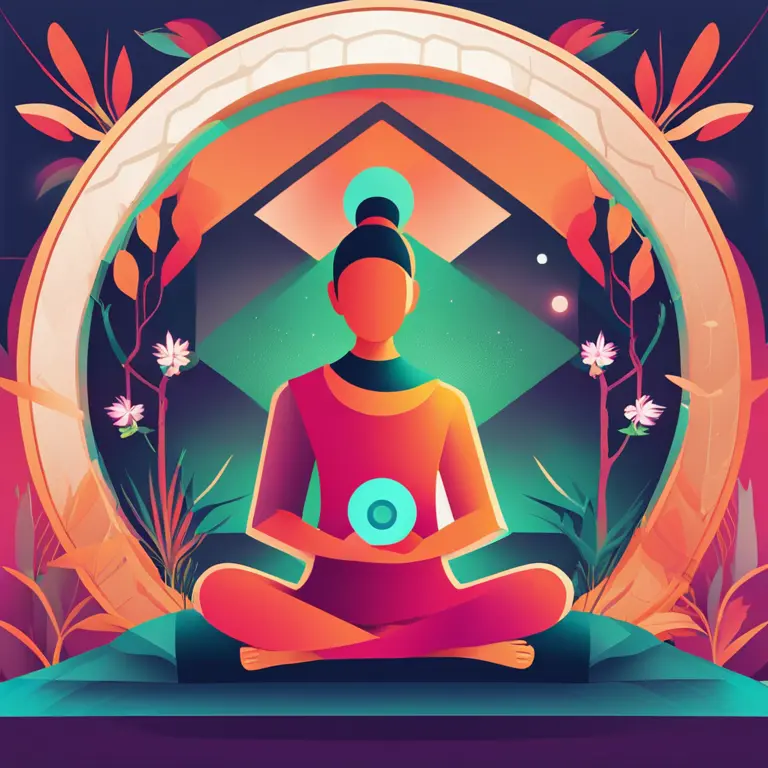
Optimal Meditation Techniques for Peak Serenity
Discover the most effective meditation methods to enhance your mental clarity and inner peace in this comprehensive guide.
article by Hina Kurosawa
Finding Your Zen: A Modern Overview
Meditation has long been revered for its mental, emotional, and spiritual benefits. In our expansive digital age, meditation techniques are adapting and evolving. This article sifts through contemporary practices to pinpoint which meditation techniques stand out in effectiveness. As we move forward into 2024, mindfulness has become a cornerstone of holistic well-being, and scientific evidence continues to bolster the efficacy of these ancient practices in a modern setting.

Mindfulness Meditation: Present-Focused Awareness
One of the most acclaimed methods is Mindfulness Meditation. This technique encourages practitioners to remain anchored in the present moment. By acknowledging but not overly engaging with distractions, one cultivates a tranquil mind. Mindfulness has garnered immense support from cognitive behavioral therapists and neuroscientists alike, who praise its ability to rewire the brain to reduce stress and enhance concentration.

Transcendental Meditation: A Dive into Depth
Transcendental Meditation (TM) is another powerful tool. With roots in ancient Vedic tradition, TM involves silently repeating a mantra to achieve a state of relaxed awareness. Scientific studies link consistent TM practice with decreased anxiety and improved cardiovascular health, making it a highly regarded technique among meditators seeking deep tranquility.

Zazen: The Path of Zen
A pillar of Zen Buddhism, Zazen is a seated meditation that emphasizes rigorous posture and open, aware mind. This form of meditation is more structured, with practitioners focusing on regulated breathing and a clear mind to reach states of insight and enlightenment. Zazen's disciplined approach is particularly favored by those who benefit from a more tangible framework for their practice.
Body Scan Meditation: Somatic Awareness
Body Scan Meditation brings the focus to the physical sensations of the body. Starting from the toes and moving towards the head, practitioners gently notice the feelings in each part of the body without judgment. This method is splendid for developing body awareness and is often used in pain management and stress reduction programs due to its calming effects on the nervous system.
Yoga Nidra: Guided Relaxation
Yoga Nidra, or "yogic sleep," is a guided meditation that facilitates deep relaxation while maintaining consciousness. Through a systematic approach of visualizations and affirmations, this practice offers profound rest that can equivalent to several hours of sleep. Its restorative nature is recommended for individuals recuperating from stress, fatigue, or trauma.
Choosing the Right Technique for You
The "most effective" meditation technique ultimately hinges on your personal preferences, goals, and lifestyle. Some may find solace in the fluidity of Mindfulness, while others draw strength from TM's structured repetition. It's vital to try various methods and observe the effects on your well-being. Only through personal experience can you truly discern which meditation technique resonates and fulfills your quest for peak serenity.
Published: 1/14/2024
Modified: 1/15/2024
More predictions
Come back here soon to learn more about yourself and your future


Mindfulness & Meditation: A Guide for High Schoolers
Discover the benefits of mindfulness meditation tailored for the hectic life of high school students, and learn simple strategies to incorporate it into the daily routine.


Mindfulness Meditation: A Handbook for High Schoolers
Discover how mindfulness meditation can benefit high school students, enhancing focus, reducing stress, and promoting overall well-being.


Easing Loneliness with Mindfulness Meditation
Explore how mindfulness meditation can provide solace and connection to alleviate the feelings of loneliness.